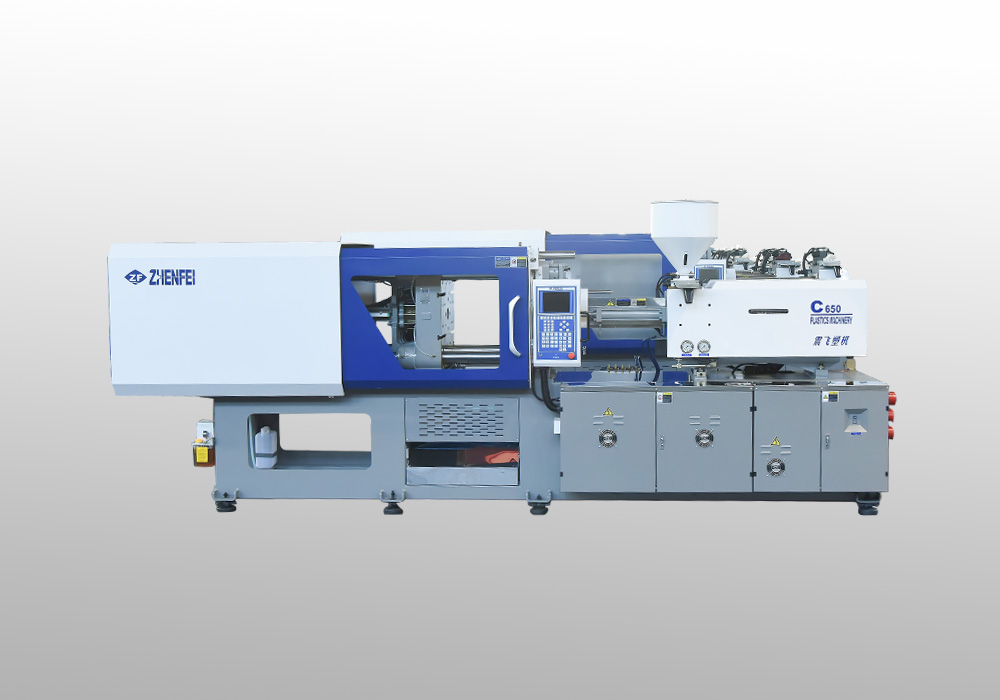Injection molding is a widely used manufacturing process in the plastics industry. The process involves melting plastic pellets and injecting them into a mold to create a three-dimensional object. Injection molding machines are the key equipment used for this process, and they have undergone significant advancements in recent years.
There are three main types of injection molding machines: hydraulic, electric, and hybrid. Hydraulic machines use hydraulic oil to power the machine's movements, including the injection, clamping, and ejector actions. Electric machines use electric motors to power the same actions, while hybrid machines combine both hydraulic and electric systems to achieve the desired results. Hybrid machines are gaining popularity in the
Injection Molding Machine Factory due to their improved energy efficiency, precision, and reduced noise levels.
Efficiency is a crucial factor in the injection molding process, and several factors can impact it. The first is the machine's cycle time, which is the time it takes for the machine to complete one cycle of injection, cooling, and ejection. Reducing the cycle time can increase efficiency, as more cycles can be completed in a given period. The second factor is the machine's clamping force, which is the force applied to the mold to keep it closed during injection. A higher clamping force can enable larger molds to be used, which can improve efficiency by producing larger parts in a single cycle. The third factor is the machine's shot size, which is the amount of plastic that can be injected into the mold. A larger shot size can enable the production of larger parts, improving efficiency by reducing the number of cycles required to produce a given number of parts.
Advancements in injection molding machines are focused on improving efficiency, reducing energy consumption, and increasing automation. One of the latest advancements is the use of servo motors in electric machines, which can reduce energy consumption by up to 50%. Another advancement is the use of predictive maintenance, where sensors are used to monitor the machine's performance and predict when maintenance is required. This can improve efficiency by reducing unplanned downtime and minimizing the need for manual inspections. Additionally, the use of robots in injection molding has increased, with robots used for tasks such as loading and unloading parts, quality control, and mold maintenance. Automation can improve efficiency by reducing manual labor, improving consistency, and increasing production speed.

Zhenfei JM series bakelite injection molding machine has accumulated many years of experience to form a complete thermosetting material forming solution.
Special barrel screw design and cooling system, special plasticizing injection system with high plasticizing ability and excellent melting performance, ensuring that the molten material is not solidified in the barrel. The mold heating device can customize the mold heating plate according to the needs of users.
